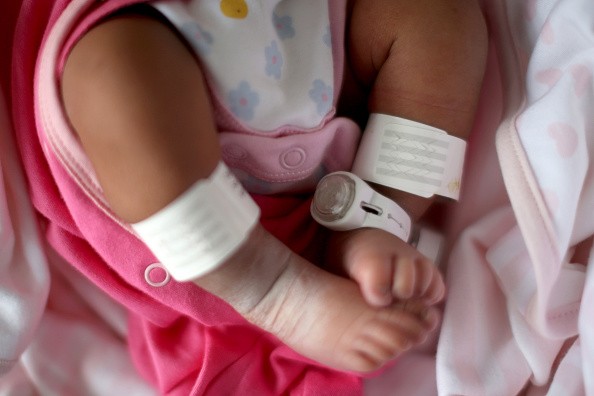
More women are having babies at home without the help of a physician or midwife. The number of such births is still small, and may include women who gave birth unexpectedly, but unsupervised home births appear to be growing in frequency.
According to a study that was presented at the American College of Obstetricians and Gynecologists' annual meeting, there were about 5,000 unsupervised births in 2007 and more than 8,800 in 2012. This is a tiny percentage of the babies born in the United States each year and only a small portion of the babies who were born at home. There were 141,000 home births between 2007 and 2012.
This finding is based on information from a database on birth certificates maintained by the U.S. Centers for Disease Control and Prevention. The study looked at birth certificates to see if they were attended by a physician, a midwife, or another healthcare professional. The study was led by Dr. Amos Grunebaum, director of obstetrics at New York-Presbyterian Hospital.
Eighty-two percent of the increase in unsupervised births were in women who had an unsupervised home birth had already given birth to other children.
The reasons why a woman may have had an unsupervised birth was not evaluated. Unsupervised births could include women who had no choice, who had gone into labor before they could get to a hospital or get help. It could also include births that were supervised by a midwife who did not sign the birth certificate because midwives are not allowed to attend home births in many states.
However, some of the unsupervised home births are to women who are part of the "freebirth" or "unhindered birth" movement, which has a woman give birth at home either alone or with only her partner or family present. They believe that childbirth is a natural process that does not require supervision. Many medical groups caution against an unsupervised birth at home because, while most births go well, things can go wrong very quickly.



